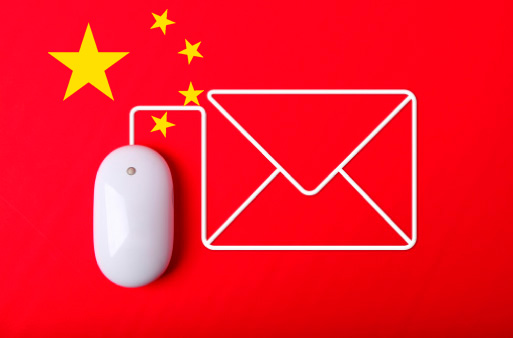There are many email marketing platforms to choose from that are effective and inexpensive. However, when it comes to Chinese market, the choice remains fairly limited.
All the most well-known email marketing platforms in the West, such as MailChimp or ConstantContact, haven’t adapted their platforms for Chinese market and, as a result, email deliverability with those platforms remains quite low in the Mainland.
Mailigen, on the other hand, has already established its foothold in the market by not only launching a fully localized version of its emailing platform for local users but also by optimizing email deliverability in China.
As a delivery manager, I’m often asked about how to avoid email delivery mistakes. So, I’ve gathered some information to help you to improve your email campaign delivery results. I hope this answers most of the questions.
Spam Filters
As you may know, spam filters are installed on email servers of companies, Internet and email service providers (ISPs) like Gmail, Hotmail, Yahoo, AOL, FastMail, Mail.ru , which in case of China would be 163.com, QQ.com, 126.com etc., in order to be protected against unsolicited bulk messages. With these filters in place, there are several factors indicating whether your message will land in the inbox or spam folder:
- large images in email
- large attachments
- incorrect links
- long subject line
- spam words in subject line
- spam words in email content
- forms and scripts in email content
- bad reputation of email sender
- emails form this sender have not been opened for a long time
Read through this blog post for more information on spam filters.
Anti-spam Policy
Spam regulations are different in each country; most email service providers (ESPs) follow CanSpam rules and internal terms of use of each service. However, in 2006, China has adopted somewhat stricter in penalties, although somewhat loosely enforced legislation called “Regulations On Internet Email Services”.
It is important to note that Mailigen’s Chinese platform follows both North American act as well as Chinese regulation.
When sending out bulk email, recipients must know they have opted into your list to receive those newsletters. Every email must contain the sender name, company name, address and unsubscribe link.
Remember, email marketing is based on permission. If you want your emails to be delivered, you have to receive permission from each contact on your list. Otherwise your company brand may suffer because of a dissatisfied recipient.
Spam Traps
Spam traps are email addresses that are made for the sole purpose of identifying spammers. There are two types of spam traps.
1. Spam trap emails made by anti-spam organizations
In order to catch spammers, anti-spam organizations set up emails that can be found on the Internet—for example, in different websites, forums, blogs. Spam trap emails are inserted in the HTML code so they are not visible for usual Internet surfers. Setting up spam traps is necessary to find those users who gather email addresses using scrapers or bots. If an anti-spam organization finds out that a message is sent to the spam trap email address, it will automatically block the sender IP address, sender domain, sender email, and sender email domain.
Using EDM platforms for illegal activities is a notorious problem in China and Mailigen has to take measures to quickly disable accounts that violate the terms.
If the Mailigen team detects that a user has sent an email campaign to a spam trap, this user account will be blocked, and in some cases, if Mailigen has financial losses, compensation will be demanded from the abuser.
2. Spam trap emails made by ISPs
Some ISPs, like Hotmail, turn old email addresses not used for a long time into spam traps. For example, if you send a newsletter to the email address that has not been used for 6 months, in the campaign report, you will see this email address is non-existent and it is hard bounce. But if you send a newsletter after a year, in the report you will see that email address is existing because the ISP system had automatically transformed this email into spam trap email.
If the email campaign is sent to a lot of spam trap emails, ISPs can block sender IP address, sender domains, sender email, sender email domain, as well as damage sender reputation.
According to our Mailigen Anti-Spam Policy, you cannot use email lists older than 6 months without sending a permission reminder, because during this period of time people can forget they have signed up to your list, and old email addresses may turn into inactive email addresses. So, if your list contains email addresses older than 6 months, it can have a negative impact on your email delivery.
Stay tuned for the second part coming up shortly.





